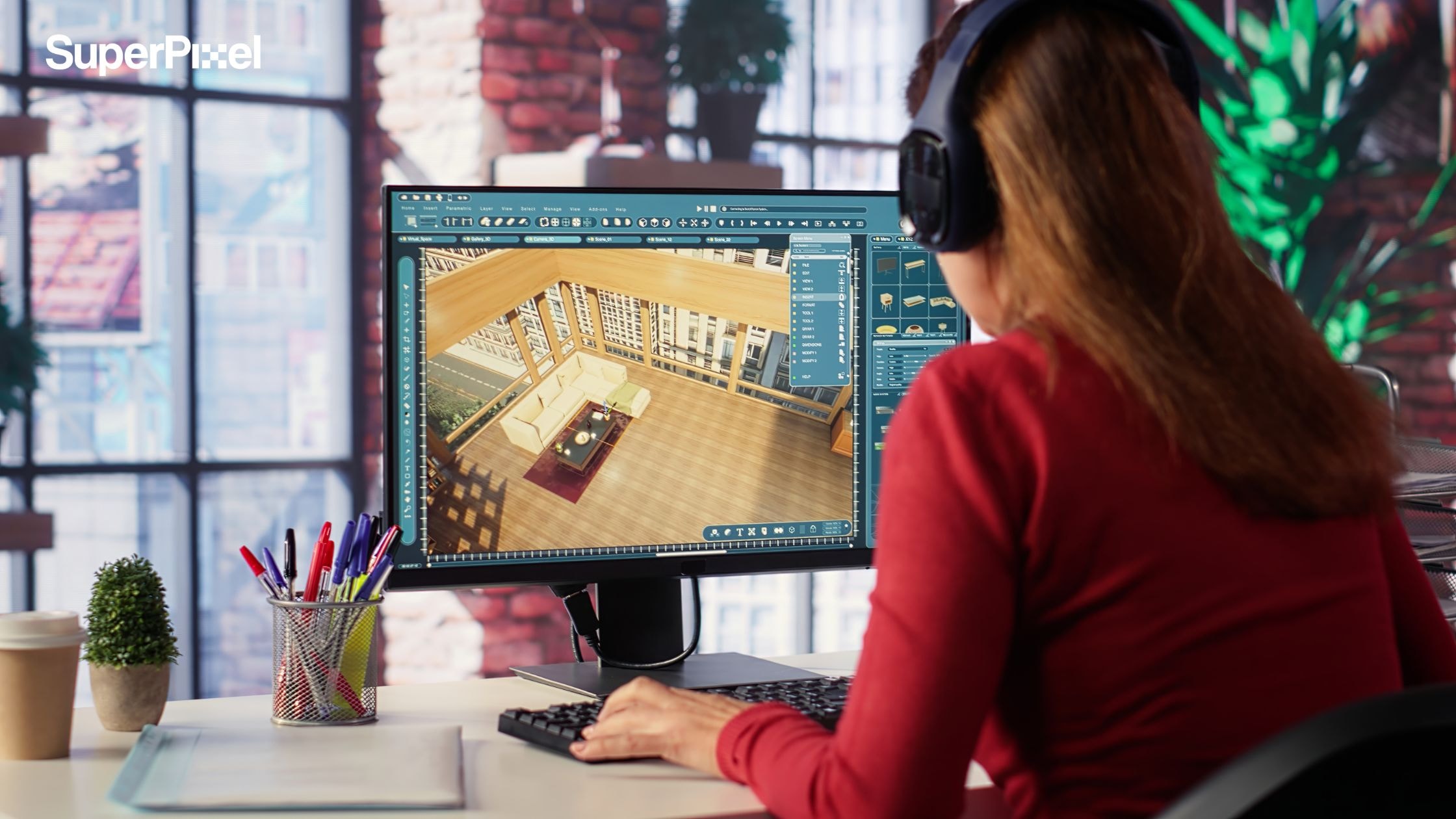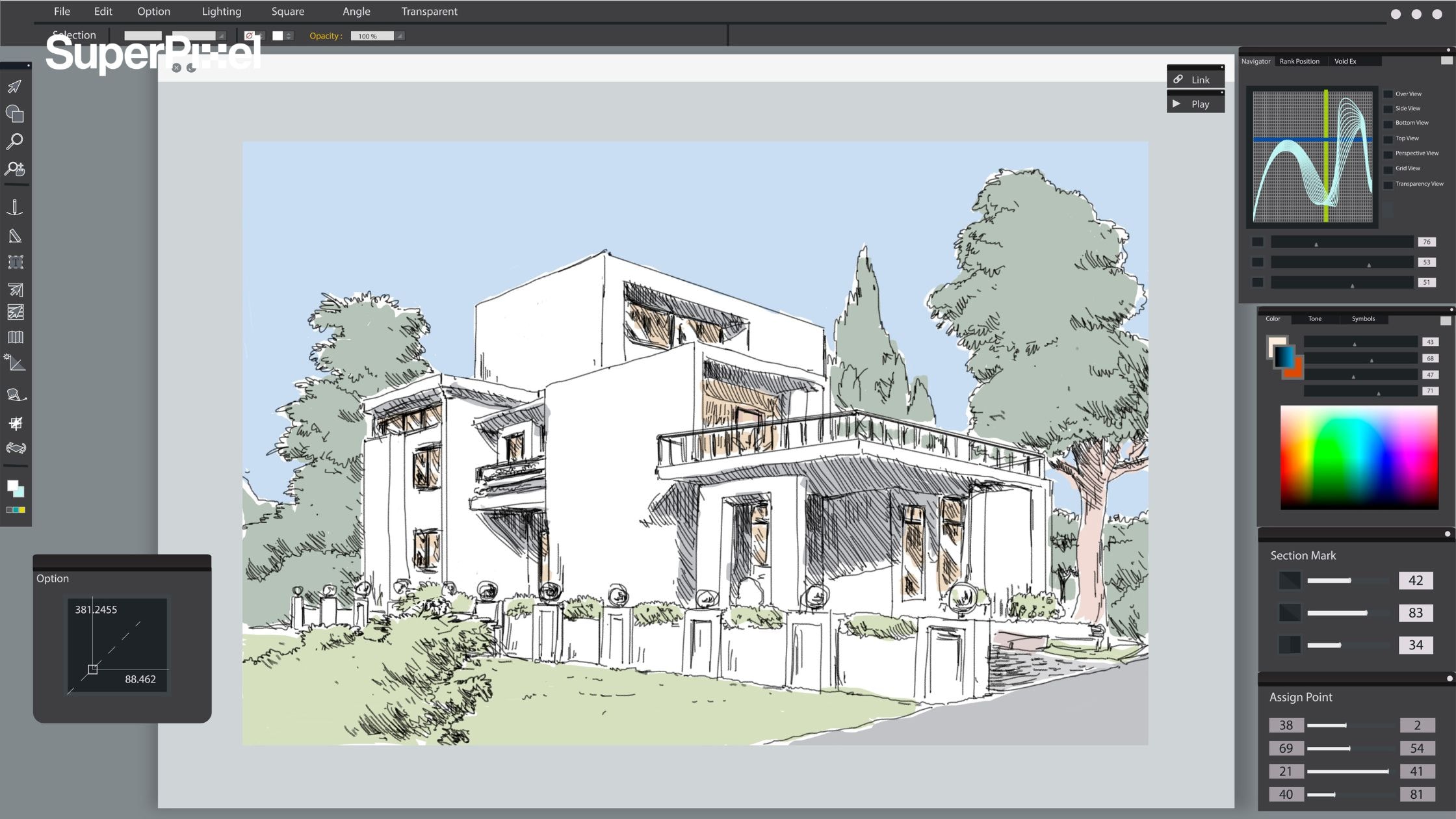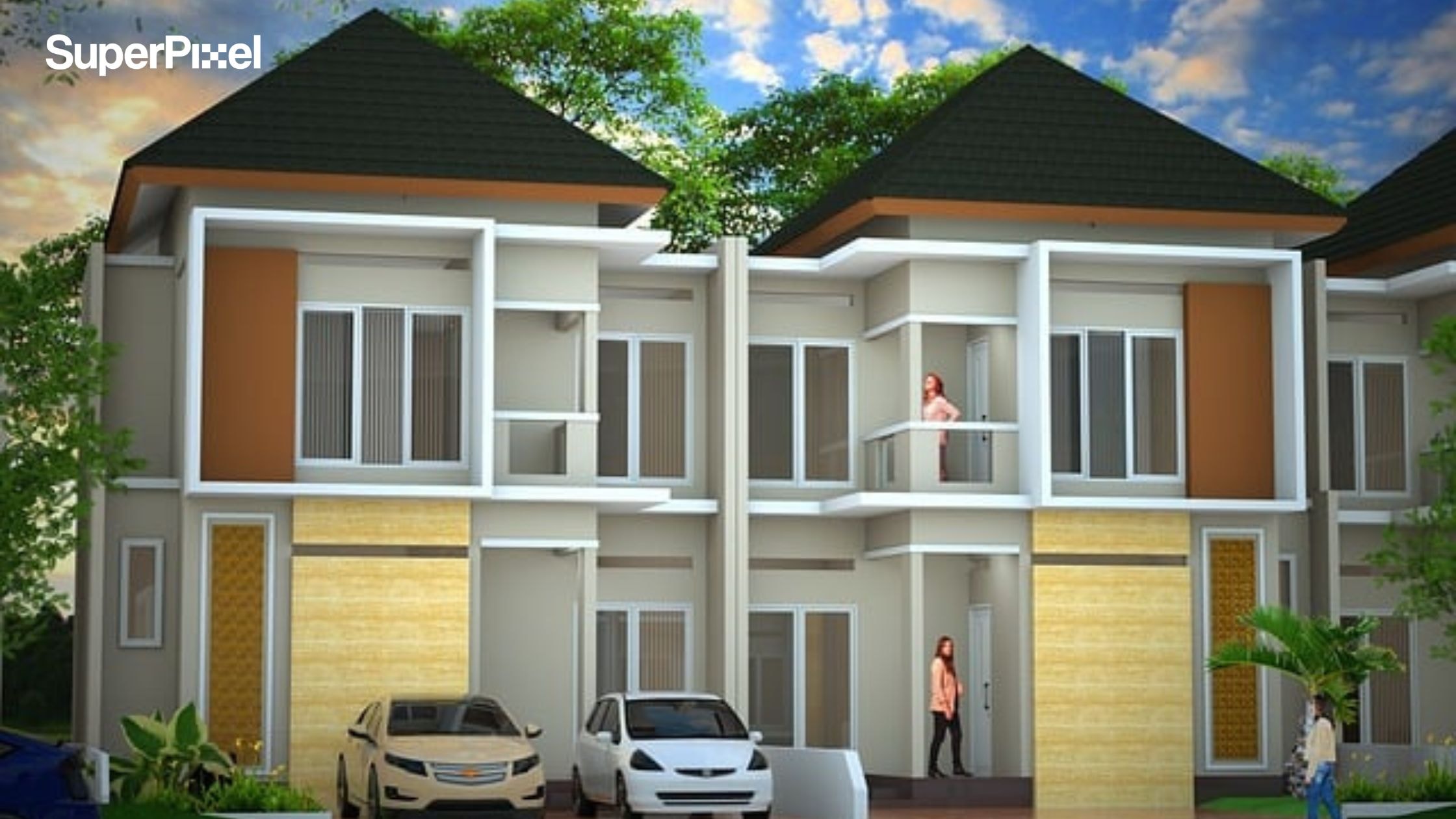In 2025, developers, architects, and business owners face higher stakes than ever. Projects are bigger, investors expect quicker decisions, and competition is increasingly global. In this environment, animation is no longer a luxury, it’s a decision-making tool.
As Clane, a digital storyteller and content creator with years of experience across Asia-Pacific, I’ve seen how the right animation doesn’t just impress. It builds trust, secures funding, and accelerates approvals.
That’s why choosing the right 3D architectural animation services in 2025 is a strategic business decision. Here are the key takeaways from the start:
- 3D architectural animation is now a necessity, not a bonus.
- Investors respond faster to visual storytelling than to technical drawings.
- Photorealism alone isn’t enough such as emotion drives decisions.
- The best services balance creativity with clarity.
- Choosing the right studio means saving time, money, and stress.
This guide will walk you through what makes animation services effective, why they matter, and how to avoid common pitfalls.

What Makes 3D Architectural Animation Effective in 2025?
Beautiful visuals alone don’t win projects anymore. Effective architectural visualization in 2025 rests on three essentials that go beyond surface beauty and speak directly to real estate developers, interior designers, and project managers.
- Storytelling: Strong narratives help stakeholders imagine how people will interact with interior spaces and environments. Cylind (2025) notes that top studios don’t just render images, they craft experiences that mirror real life and effectively communicate the design intent behind architectural concepts.
- Precision: Materials, lighting, and proportions must align with reality. A visually stunning but inaccurate animation, no matter how advanced the rendering process or specialized software, can erode trust. True precision delivers photorealistic visuals that allow potential buyers to see a realistic preview of the final project.
- Stage Alignment: The level of detail must match the project phase. Early pitches often rely on simplified sequences, while investor approvals demand polished, detailed visualizations that include all the details from exterior lighting to intricate details of architectural designs.
When millions are at stake, clarity in communication matters more than creativity. The ability to combine stunning visuals with accuracy and narrative flow is what turns animation into an essential tool for decision-making.
Why 3D Architectural Animation Matters for Architectural Projects
Architectural animation matters because it bridges the gap between architectural plans and perception.
Blueprints and 2D renderings often fail to convey scale, atmosphere, and human interaction. Modern architectural rendering services transform static plans into vivid experiences that stakeholders.
Whether they are real estate professionals, city planners, or landscape designers can relate to and envision. This connection ultimately increases the success rate of commercial projects and investor presentations.
There’s also hard data behind it. Industry surveys show projects that use 3D architectural animation secure client approvals up to 38% faster compared to those that rely solely on static architectural rendering or still images. The reason is simple: people decide faster when they feel they’ve already seen the project come alive.
But here’s the game-changing point: photorealistic visuals alone don’t always close the deal. Emotion does. A flythrough showing morning sunlight flooding into a co-working space, or families enjoying a courtyard, resonates far more than static perfection.
This combination of technical accuracy and emotional storytelling provides numerous benefits not only in sales but also in building trust with investors and aligning with the client’s vision.

Animation Services vs. Rendering vs. Virtual Tours
If you’ve ever felt lost in jargon like 3D rendering services, architectural animation, or virtual reality tours, you’re not alone.
These terms often get used interchangeably, but in practice, they serve very different goals. A comprehensive understanding of each helps you brief your studio clearly and avoid paying for the wrong service.
3D Rendering Services
These deliver high-resolution still images. They’re great for brochures, marketing materials, or showcasing interior design and exterior rendering details such as textures, materials, and lighting.
Renderings focus on stunning accuracy and technical aspects, making them essential for investors or buyers who need multiple perspectives of a project before construction begins.
3D Architectural Animation Services
This goes beyond stills into dynamic sequences. By creating animations, studios can demonstrate how light changes throughout the day, how people move through lobbies, or how exterior spaces integrate with surroundings.
They’re ideal for project presentations or large scale projects where investors and the target audience need a vivid visual experience. Animation is also useful for highlighting design aesthetics and complex visual effects that can’t be captured in static renders.
Virtual Tours
These offer interactive exploration. Whether delivered on desktop or via virtual reality, they allow potential buyers, real estate professionals, or stakeholders to move through a project at their own pace.
This works especially well for the real estate industry and sales-driven presentations, when potential buyers want to feel like they’re already inside the property. But while virtual tours offer exploration, they don’t fully replace the emotional impact of animation.
According to Tely AI (2024), animation achieves something unique that static renders cannot: it communicates progression, mood, and emotional resonance by showing spaces in motion. This distinction highlights why many developers now combine renderings, animations, and virtual tours into a complete visualization package.
Transformative insight: Renderings emphasize precision, virtual tours empower exploration, but animations connect emotionally. Together, these tools ensure stakeholders gain a deeper understanding of the client’s vision and build confidence before construction begins.
How to Assess an Architectural Animation Studio’s Portfolio Like a Pro
When reviewing a studio’s portfolio, most people focus only on the visuals. But a beautiful sequence doesn’t always mean it drives results. Business leaders need to go deeper and ask: did the work actually deliver impact?
Here’s what to check:
- Storytelling: Does the animation guide viewers through a clear narrative, or is it just moving images?
- Pacing and rhythm: Are scenes balanced, or do they drag too long on one detail?
- Lighting strategy: Is mood and atmosphere used to highlight strengths, or does poor lighting flatten the design?
- Goal alignment: Did the work achieve the client’s objectives such as approvals, investor buy-in, or higher sales?
Imagine a 5-minute animation that shows every corridor and window in detail. It may look beautiful, but if the investor loses focus after 2 minutes, the animation fails its purpose.
Momentum matters. The portfolio should prove that the studio knows how to hold attention, not just decorate the screen with meticulously crafted visuals that look good but fail to communicate purpose.
Key Questions Before Hiring a 3D Animation or 3D Rendering Studio
Hiring the right studio isn’t about who has the slickest showreel, it’s about digging deeper with the right questions. These reveal whether the team can actually support your business goals.
Before you sign a contract, here are ten questions that separate surface-level promises from real capability:
- What does your revision policy include? Clear boundaries help you avoid endless edits.
- How do you manage deadlines and delays? A good studio will have buffer strategies, not excuses.
- What’s your typical workflow from concept to delivery? This helps you spot whether they can manage a complex process effectively.
- How do you share progress? Checkpoints and draft previews matter more than “wait until the end.” Some even assign a dedicated project manager to make sure updates are clear and timely.
- What’s the turnaround time for small vs. large projects? Timelines reveal capacity.
- Who owns the final files and licensing rights? If you pay, you should own the content.
- Do you offer post-delivery support? Future-proofing matters for revisions and updates.
- What tech stack do you use and why? For 2025, tools like Unreal Engine, V-Ray, and Twinmotion set the standard. Studios that rely on cutting-edge technology deliver faster, higher-quality outputs.
- How do you ensure consistency across multiple outputs (video, VR, social media)? This protects brand identity.
- Can you provide references that prove business impact, not just visuals? Testimonials about results speak louder than pretty renders.
Think of it like buying a car. You wouldn’t just admire the paint job, you’d ask about mileage, safety features, and warranties.
The same goes here: a studio’s glossy reel might impress, but these questions uncover if they can deliver performance, reliability, and ROI. The right rendering company should be able to provide multiple versions of a rendering project without turning it into a time-consuming process.

Budgeting for 3D Animation
Budgeting is one of the trickiest parts of architectural animation. Many leaders are tempted by the cheapest offer, but low-cost projects often lead to delays, rework, or investor confusion all of which end up costing more.
Here’s how pricing tiers typically line up:
- Walkthrough Animations: Usually the most affordable, focused on basic camera movements. Useful for internal discussions but rarely enough for high-stakes investor presentations.
- Flythrough Animations: Mid-range pricing with cinematic quality. These cover exteriors, transitions, and atmospheric storytelling, ideal for pitches.
- Photoreal Animations: The premium tier. They deliver high detail, advanced lighting, and realistic textures. These are presentation-ready and persuasive for investors.
Freedes Studio (2025) notes that pricing is more than a budget line, it signals expected outcomes. Lower tiers cover technical delivery, while higher tiers reflect strategic value.
Generally speaking about choosing between two architects: one charges a fraction of the cost but delivers rough sketches, while the other provides a full model with engineering precision.
The cheaper option seems appealing at first, but the detailed one prevents costly mistakes later. In animation, higher pricing isn’t just for looks, it’s an investment in confidence and credibility.
Behind the Scenes of Architectural Animation Services
If you’re managing timelines, workflow clarity can be the difference between smooth delivery and costly setbacks. At Superpixel, we use a six-step process that keeps every project aligned from concept to final delivery.
The steps usually include:
- Briefing and Goal Alignment: Understanding client objectives and project scope.
- Storyboarding: Mapping key sequences and visual direction.
- Modeling and Scene Building: Creating environments and structures.
- Animation and Lighting: Adding movement, atmosphere, and emotional tone.
- Draft Renders and Feedback Loops: Sharing previews for client input.
- Final Rendering and Delivery: Producing the polished, ready-to-use output.
Cylind (2024) highlights that process transparency is what separates top-tier studios from the rest. Structured stages reduce errors, provide room for feedback, and ensure accuracy at every milestone.
The transformative insight: the workflow isn’t just a technical process, it’s a trust-building mechanism that ensures accuracy, efficiency, and confidence.
Red Flags: How to Avoid Low-Quality 3D Architectural Animation Services
Price tags are one thing. But what really jeopardizes your project are red flags in how a studio works. Spotting these early can save you weeks of wasted time and protect your reputation with stakeholders.
Watch out for:
- Generic or borrowed portfolios that don’t match the studio’s claimed expertise.
- Vague proposals with unclear revision terms or missing timelines.
- Ghosting vendors who disappear mid-project or overpromise and underdeliver.
- Unrealistic quotes that look attractive but hide poor processes or inexperience.
A real-world example: one client came to us after losing three weeks to a vendor who never delivered. By then, the investor pitch was nearly derailed.
Transformative Insight: Red flags aren’t just about wasting money. They threaten your project’s credibility. If an investor senses sloppy communication or unreliable visuals, the damage extends far beyond the animation, it impacts trust in your entire project.
Why Superpixel’s Animation Services Fit Modern Architectural Needs
Architectural projects in 2025 demand more than visuals, they demand storytelling that drives decisions. That’s where Superpixel’s approach comes in.
We bring more than technical skill. Superpixel focus is on storytelling, collaboration, and precision delivery.
Here’s why our services align with today’s needs:
- Storytelling First: We design animations that resonate emotionally, not just visually.
- Collaborative Process: Real-time feedback loops keep clients in control.
- Trusted Experience: Two decades in the field ensure reliability and industry insight.
- Multi-Industry Expertise: From real estate to healthcare, we understand how to tailor content for diverse audiences.
Your project deserves to be seen in its best light. Contact us to discuss how Superpixel can transform your architectural vision into a compelling visual story for 2025 and beyond.
You might also like: 3D Animation Montreal: A Guide for Business Owners